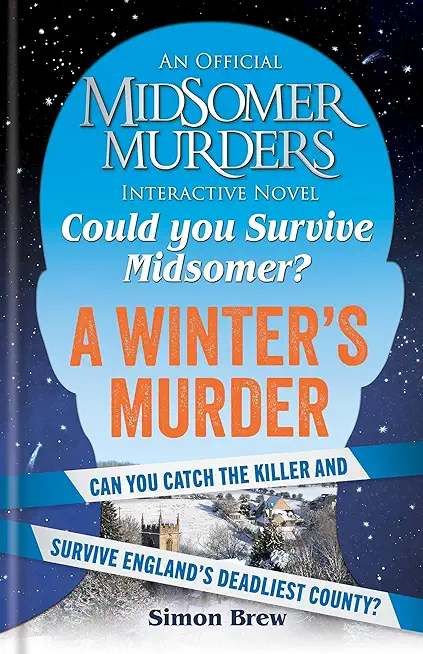
Henley didn't understand the full extent of what he had signed up for at first. But once he started, Corll convinced him that he had crossed the line of no return and had to not only procure boys but help kill them and dispose of the bodies, as well. When Henley first took a life, he lost his moral base. He felt doomed. By the time he was seventeen, he'd helped with multiple murders and believed he'd be killed, too. But on August 8, 1973, he picked up a gun and shot Corll. When he turned himself in, Henley showed police where he and Brooks had buried Corll's victims in mass graves. Twenty-eight bodies were recovered--most of them boys from Henley's neighborhood--making this the worst case of serial murder in America at the time. The case reveals gross failures in the way cops handled parents' pleas to look for their missing sons and how law enforcement possibly protected a larger conspiracy.
The Serial Killer's Apprentice tells the story of Corll and his accomplices in its fullest form to date. It also explores the concept of "mur-dar" (the predator's instinct for exploitable kids), current neuroscience about adolescent brain vulnerabilities, the role of compartmentalization, the dynamic of a murder apprenticeship, and how tales like Henley's can aid with early intervention. Despite his youth and cooperation, Henley went to trial and received six life sentences. He's now sixty-five and has a sense of perspective about how adult predators can turn formerly good kids into criminals. Unexpectedly, he's willing to talk. This book is his warning and the story of the unspeakable evil and sorrow that befell Houston in the early 1970s.







